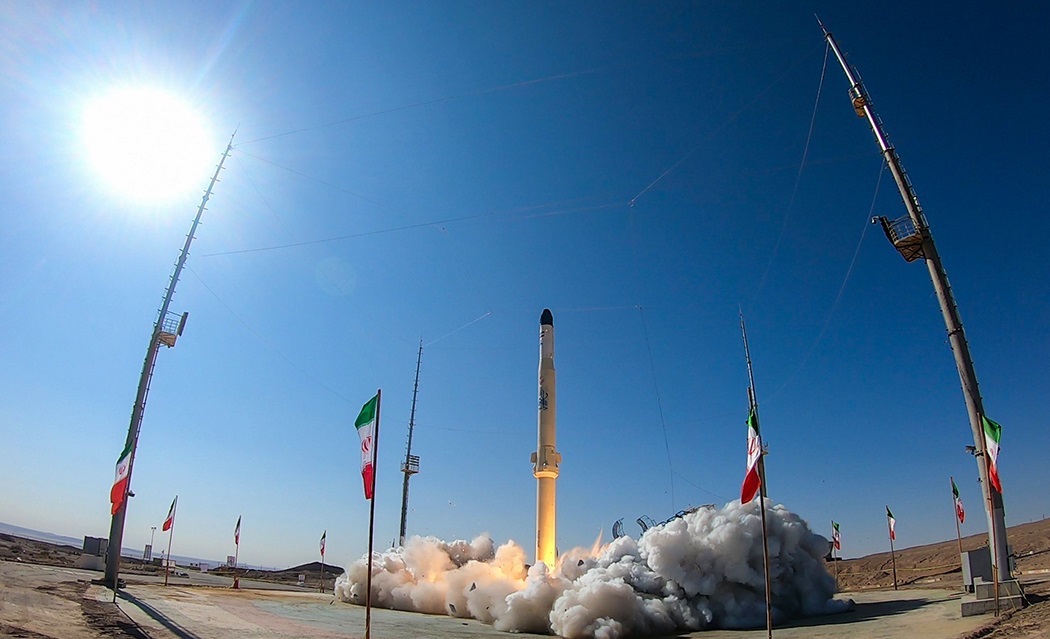TEHRAN, Iran (Washington Insider Magazine) – As global powers awaited Iran’s decision in discussions over the nation’s shattered nuclear accord, official media stated that the Islamic Revolutionary Guard Corps (IRGC) had launched a new satellite into orbit.
On Tuesday, state media said that the launch will take place in the Shahroud Desert in the country’s northeast, but did not say when.
It occurred as Iran’s chief diplomat at the months-long discussions abruptly flew home late Monday for meetings, a hint of mounting stress on Tehran as the discussions on resurrecting the agreement look to be drawing to a close, according to Al Jazeera.
According to the Islamic Republic News Agency (IRNA), the Noor-2 satellite was launched into a low orbit of 500 kilometers (310 miles) over the Earth’s surface by the Ghased satellite carrier. The Ghased was characterized as a 3-phase, mixed-fuel satellite carrier.
The IRGC did not share any images or footage of the launch right away. The launch of the 2nd satellite into orbit would be a significant step forward for Iran’s military.
A request for information from the US was not immediately returned, and an American-maintained list of space objects did not record a recent Iranian launch this month. The launch came only days after satellite images revealed another failure launch for Iran’s civilian program.
In Persian, Noor means “light.” In 2020, the IRGC released its first Noor satellite, confirming that it had its own space program.
After a series of mishaps, the commander of the US Space Command characterized the satellite as a flying camera in orbit that would not supply Iran with crucial intelligence, but it demonstrated Tehran’s capacity to safely enter orbit.
Iran’s satellite launches, according to the US, are in violation of a UN Security Council resolution, and Tehran has been ordered to cease all activities linked to missile systems’ potential of carrying nuclear weapons.
Iran has always claimed that it is not seeking nuclear weapons and that its space programs and missile tests are not military in nature. Iran abandoned its organized military nuclear program in 2003, according to US security agencies and the International Atomic Energy Agency (IAEA).
In 2019, the United States placed sanctions on Iran’s civilian space organization and 2 research institutes, alleging that they were being used to boost Tehran’s ballistic missile program.


























